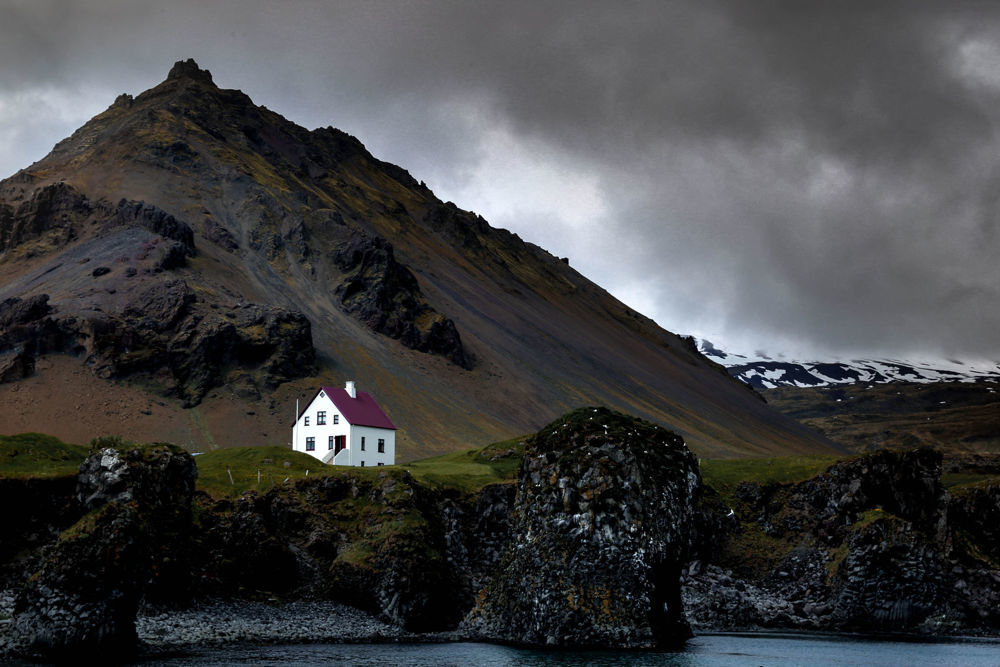
With energy prices rising and an increasing focus on the carbon footprint of our homes, many of us are looking for ways to insulate our houses in order to improve the energy efficiency. While there are a wide variety of ways to insulate a house, external wall insulating measures are becoming an increasingly popular option amongst homeowners, which is why our experts have put together their ultimate guide to insulating external walls, giving you all of the information you need all in one place.
What Is External Wall Insulation?
External wall insulation while traditionally has referred to a layer of insulating material added to the exterior side of a property, in recent years has been used to refer to any insulating measure that improves the energy efficiency of a property from the outside. In order to understand external wall insulation, it is important to cover both internal and external insulating measures.
Internal Insulation
CAVITY WALL INSULATION
When we talk about wall insulation, the thing that often comes to mind is cavity wall insulation. Cavity walls are made of two layers of wall with a gap between them. Properties built after the 1920s are likely to have a cavity wall, while older properties generally have what is known as a solid wall, which is just one singular external wall. Cavity walls were designed to have a cavity to prevent the transfer of moisture from the external of a building into the internal wall. This is because exterior walls, whether they are stone, concrete, brick or render will absorb moisture, which in the case of a solid wall construction can then be absorbed into the property, causing damp and mould problems.
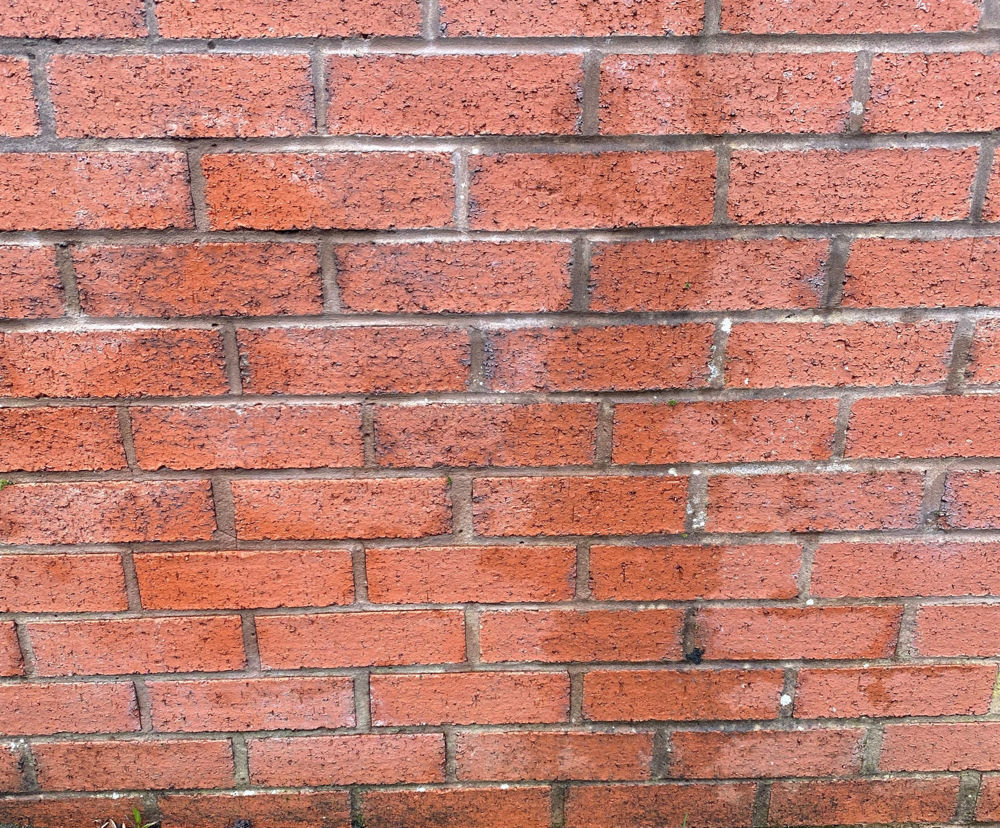
Cavity wall insulation is the process of injecting a foam into this cavity to help create an added level of insulation to the property to prevent heat loss. As the name would suggest, it is only applicable to properties with a cavity wall, meaning solid wall properties do not have the ability to insulate within the cavity in the same way.
Aside from cavity wall insulation not being an option for some, it can also lead to a number of problems due to it removing the gap within the construction of the property that was designed to keep the interior of a building dry. Cavity wall insulation has been widely linked with problems associated with damp. On properly fitted cavity wall insulation at the time of construction, the cavity has a small gap to allow rainwater to run down the wall instead of soaking the insulation. When retrofitted in properties with a cavity wall however, cavity wall insulation can be a real problem, as detailed by Building Research Establishment (BRE), a world leading, scientific research centre published their BRE Good Building Guide (44, Part 2).
“There can be an increased risk of rain penetration if a cavity is fully filled with insulation, i.e. moisture is able to transfer from the outer to the inner leaves resulting in areas of dampness on internal finishes. Rainwater, under certain driving rain conditions, can penetrate the outer leaf of masonry leading to wetting of the cavity insulation, a reduced thermal performance and damage to internal finishes.”
In short, poorly fitted insulation can create a bridge for moisture to absorb from the external side of the property into the cavity wall insulation, soaking the material. This can then allow the moisture to soak into the internal side of the cavity, causing internal damp. Other problems cavity wall insulation can cause include causing 'cold spots' due to the insulation falling to the bottom of the cavity causing cold spots that lead to condensation. Cavity wall insulation can also impact the breathability of the property, further creating moisture problems. These have all contributed to cavity wall insulation being extracted from thousands of properties due to the problems it can cause when not properly fitted.
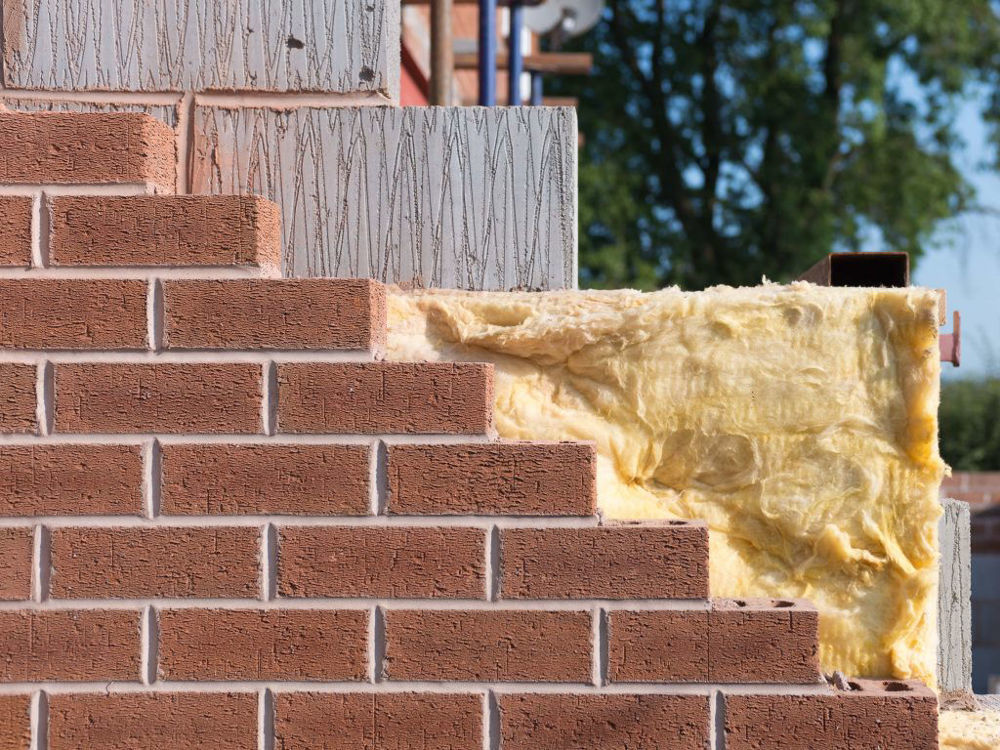
INTERNAL WALL INSULATION
Internal wall insulation involves applying insulating boards to the internal wall of a property, instead of in a cavity wall. The benefit of this is that this can be applied to cavity wall and solid wall properties, as there does not need to be a cavity to apply the boards. While an option for all properties, adding thick insulation to interior walls can reduce the floor space of a property, can be invasive and if there are any problems caused by penetrating damp through the external wall of the property, this insulation can become easily saturated with moisture.
External Insulation
Problems with cavity wall insulation and inability to add cavity wall insulation to solid wall properties means that in many cases, insulating measures for the outside of the property are desired by many.
There are two forms of insulating measures that can be taken on the outside of a property; external wall insulation and exterior waterproofing treatments.
EXTERNAL WALL INSULATION
Much in the same way as interior wall insulation, external wall insulation, otherwise known as 'EWI', is applied to the outside wall of a property. External wall insulation is made up of numerous layers of insulating material that is fixed to the masonry. The material used can vary, but is often contains a layer of render or cladding with insulating boards made of cork, wood or wool.
Some external wall insulation products are designed to not absorb water, but can also have low breathability, causing them to trap water vapour within the property. Other forms are designed with higher levels of breathability for this reason, helping to insulate the house while also preventing a build-up of moisture.
WHAT ARE THE BENEFITS OF EXTERNAL WALL INSULATION?
- Is not invasive on the interior of the property
- Can improve the sound resistance of the property
- A full EWI system involves applying a rendered finish on top of the insulation boards which leaves a desirable, watertight finish that suits a modern aesthetic
- External wall insulation does not impact the floor space of a property, which is the case with internal insulation
- When it comes to insulating a house from outside, EWI has the highest insulating capabilities
WHAT ARE THE DRAWBACKS OF EXTERNAL WALL INSULATION?
- While not invasive on the interior of a property, installing EWI is a large project that involves substantial work to the property
- EWI can be expensive - according to Checkatrade external wall insulation on a detached property can cost as much as £20,000
- Applying EWI may not be suitable on listed buildings or traditional properties
- Often planning permission must be granted in order to carry out work on the scale of adding EWI to a property
- When applied incorrectly or poorly, EWI can prevent problems with condensation that can lead to damp
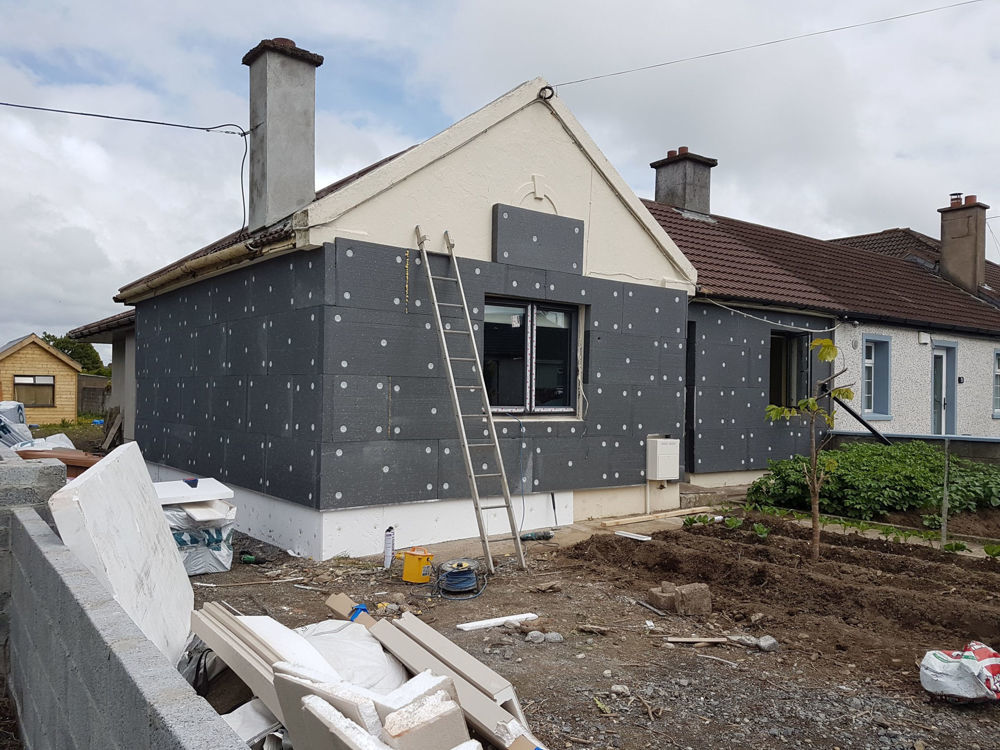
EXTERIOR WATERPROOFING TREATMENTS?
The final form of insulating measure that can be applied to properties is an exterior waterproofing treatment such as a waterproof masonry paint or a masonry cream.
Damp content of just 5% can lower the insulating properties of a material by 50%. With 35% of the heat in our homes being lost through the external walls, by keeping the walls dry you help to improve the thermal efficiency of a property.
While other forms of insulation can lead to damp problems when they become saturated, these waterproofing treatments prevent this saturation, meaning they can also be successfully used in combination with other forms of insulation to prevent damp problems, aside from keeping the external wall dry, warm and protected.
The crucial element of applying any waterproofing treatment to exterior walls is breathability. Traditional masonry paints and brick sealers have low breathability, meaning they can cause damp problems. In the same way that some insulation can prevent the building from naturally breathing, water vapour will build-up over-time if a low breathability coating is applied to the property.
Emperor Masonry Paint and Emperor Masonry Creme were developed to prevent water from entering the external wall of a property by creating what is known as a 'super hydrophobic' surface on exterior walls. This super hydrophobic surface completely repels water, meaning that any rainfall falls of the wall before it can soak into the substrate. Not only this, but the treatments also ensure that the building can naturally breathe and release water vapour. They contain the latest nano-technology that lines the pores of exterior walls without sealing these pores, meaning water in the form of rain is too large to pass through the nano-technology, while water vapour can freely pass through. The water repellence and high breathability in combination keep exterior walls dry and warmer as a result.
Emperor Masonry Paint is a coloured masonry paint that can be applied to any previously painted surface, or bare surfaces that have been suitably primed. Emperor Masonry Creme on the other hand is a completely invisible treatment for bare brickwork and masonry, that is applied much like a moisturiser. Once applied to the brickwork, it absorbs and chemically bonds to the brickwork, providing the material with waterproofing properties rather than creating a waterproof film on the surface.
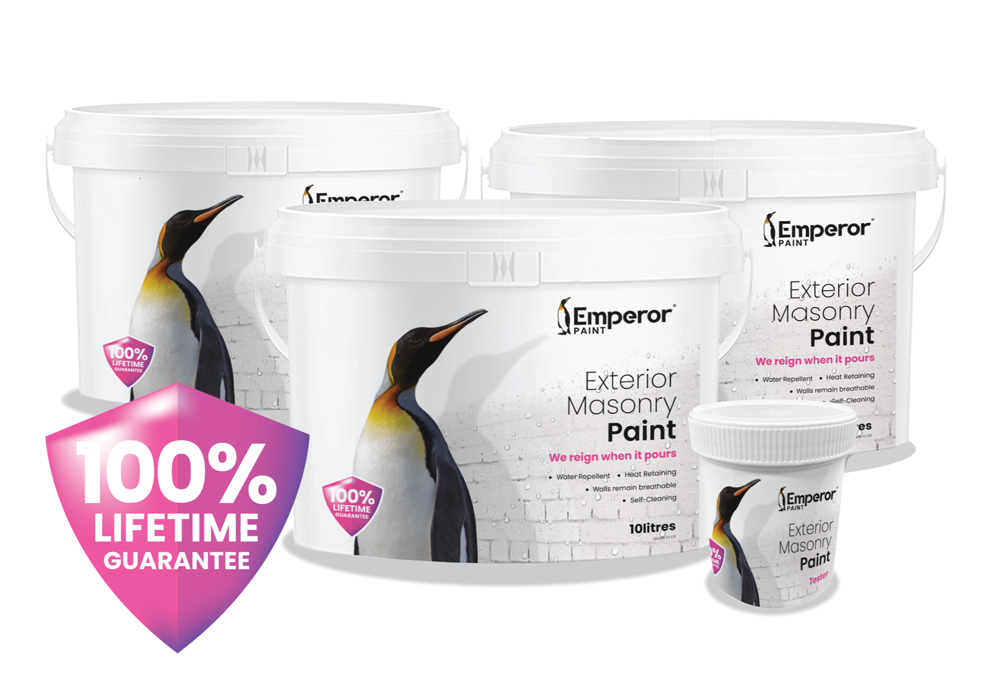
WHAT ARE THE BENEFITS OF EXTERIOR WATERPROOFING TREATMENTS?
- Not invasive on the property in any way
- Can be applied to any property, whether it has been painted or not, plus whether it has cavity walls or solid walls, making it an ideal form of solid wall insulation
- Improves the aesthetic appeal of a property by reducing discolouration, efflorescence and organic growth such as lichens or moss
- Waterproofing the external walls of a property can benefit any house, from listed building to new-build
- Is a DIY friendly and cost-effective solution to penetrating damp and problems with cavity wall insulation becoming saturated
- In independent testing, Emperor Masonry Paint and Emperor Masonry Creme were found to keep a masonry wall up to 6°C warmer on average compared to an untreated wall. This meant they passed the EAD 040083-00-0404 (External thermal insulation composite) Quality Standard, demonstrating their insulating properties.
WHAT ARE THE DRAWBACKS OF EXTERIOR WATERPROOFING TREATMENTS?
- The insulating properties of applying waterproofing treatments will vary from property to property, as the amount of moisture they are exposed to and the level of porosity will all impact the heat loss in the structure
- Applying a low breathability waterproofing treatment such as a sealer can significantly impact a properties ability to release water vapour, meaning you must use a highly breathable technology such as Emperor Paint nano-technology, if you want to achieve a more thermally efficient property
- Permission to apply anything to a listed building must be granted, in particular the selected colour that will be applied
- As with any masonry coating, you must apply the treatments correctly in order to gain long-term performance
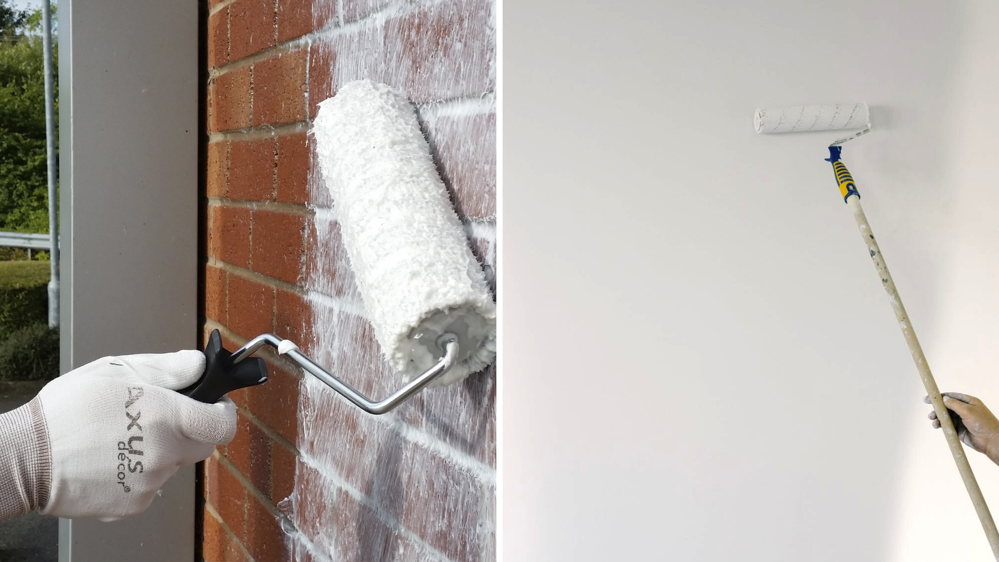
Applying Emperor Masonry Creme (left) & Emperor Masonry Paint (right).
What Properties are EWI & Waterproofing Treatments Suitable For?
As we have mentioned, the type of property you have will impact the effectiveness of insulating external walls. The benefit you can have thermally from applying either EWI or waterproofing treatments to a property will depend on the build of the property and the current insulation in place.
A property will either have a cavity wall or a solid wall, with cavity walls being designed to prevent water from soaking from the external wall into the internal wall, which is what happens with solid wall properties. Having said this, the insulation that has been applied to these walls will also play a large part. If you have cavity wall insulation, any water ingress could cause the cavity wall insulation to become saturated and ultimately will reduce the energy efficiency of the property. Furthermore, if you had a property with external wall insulation already applied, if this did not have a water repellent render applied on top of the insulation, this could also be sodden over-time.
If your property has any form of insulation already applied to it, either in the form of interior wall insulation or external wall insulation, applying a waterproofing treatment is highly recommended for preventing this insulation from being saturated with water, which will significantly harm their thermal performance.
Furthermore, if you have a solid wall with no insulation, this will be prone to water ingress, so applying a waterproofing treatment to prevent water from soaking into the interior wall is crucial for the thermal performance of a solid wall. Applying EWI to a solid wall is an ideal alternative to cavity wall insulation as this is not feasible for a solid wall. It is important however to ensure the EWI that is applied is fully waterproof.
If you have a cavity wall with no insulation, due to the way this is designed to allow any water ingress to drain down the wall, you will see the least thermal benefit from applying a waterproofing treatment. This does not mean you will not have any increase in thermal performance however, as any external wall that is saturated with moisture will allow heat to be lost at a quicker rate than dry walls. Furthermore, when this moisture runs down the cavity wall, it can lead to salt efflorescence, which can cause paint failure and leave white powdery marks on external brickwork. Over-time, this salt can result in sulphate attack that can weaken mortar joints. For this reason and many others, it is often recommended to waterproof exterior walls, as aside from the insulating benefits you prevent a number of others issues than moisture causes.
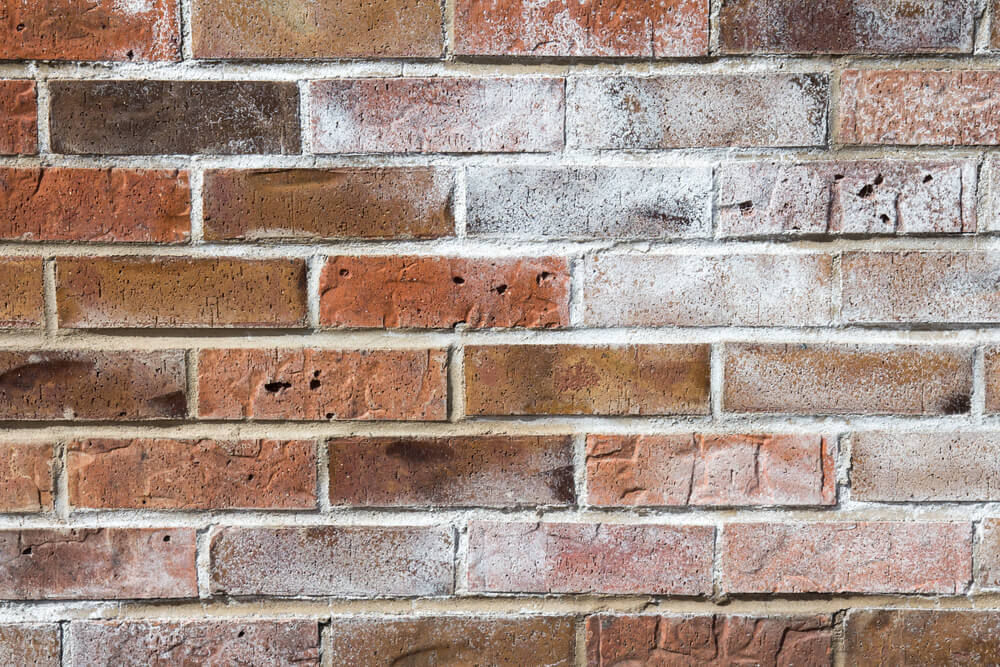
Frequently Asked Questions
Q. WHAT IS THE LIFE SPAN OF EXTERNAL WALL INSULATION MESAURES?
Emperor Masonry Paint and Emperor Masonry Creme due to the way they repel water but maintain high breathability, have a much longer life expectancy than other masonry coatings. In independent 25 year weathering testing, they were both found to have no change in performance or appearance after 25 years, meaning they will likely far exceed this. For this reason, both products come with a lifetime guarantee.
EWI often comes with a 25 year guarantee and will generally be expected to last a number of decades before it breaks down. The time it takes before it breaks down will depend on its ability to prevent moisture from entering the render, which is what leads to cracks appearing.
Q. WHAT FORM OF EXTERNAL WALL INSULATION CAN HELP PROTECT EXTERIOR WALLS?
Damage to exterior walls, whether they are render, stone or brick is primarily caused by moisture. Damage can come in a range of forms, from spalling bricks to cracks. This is caused when moisture absorbs into the external walls and undergoes what is known as a 'freeze-thaw cycle'. When temperatures drop, the moisture within the wall freezes, causing it to expand. This movement causes cracks to open up, which in turn allows more water to enter the wall and continues the cycle.
To protect exterior walls from damage, it is crucial to prevent this moisture. This can be done either by applying a waterproofing treatment to the existing wall or by applying an EWI that comes with a water repellent finish.
Q. WHICH EXTERNAL INSULATING MEASURES CAN BE CARRIED OUT YOURSELF?
EWI is a highly technical system that must be applied correctly in order for it to perform long-term. It is recommended that you seek the help of a reputable insulation company that can implement the EWI to the highest standards.
Emperor Masonry Paint and Emperor Masonry Creme are designed to be DIY-friendly. As long as you adhere to the manufacturers instructions and guidelines, you can effectively waterproof the external walls of you property at home yourself. Alternatively, you could contact a reputable local decorator to carry out the work for you, which is likely to be lower than other insulating measures as the materials involved are much lower than applying EWI, which has a number of layers applied.
Q. WHICH IS RIGHT FOR ME, EMPEROR MASONRY PAINT or EMPEROR MASONRY CREME?
The product for you will entirely depend on the look you want to achieve. Emperor Masonry Paint as a masonry paint offers a coloured finish. It can be applied directly to previously painted stone, brick, concrete or render. Alternatively it can be applied to bare, unpainted masonry surfaces once Emperor Exterior Primer is applied. A primer is always required when painting a bare surface as this not only helps the paint adhere but also prevents the first coat from soaking into the porous masonry.
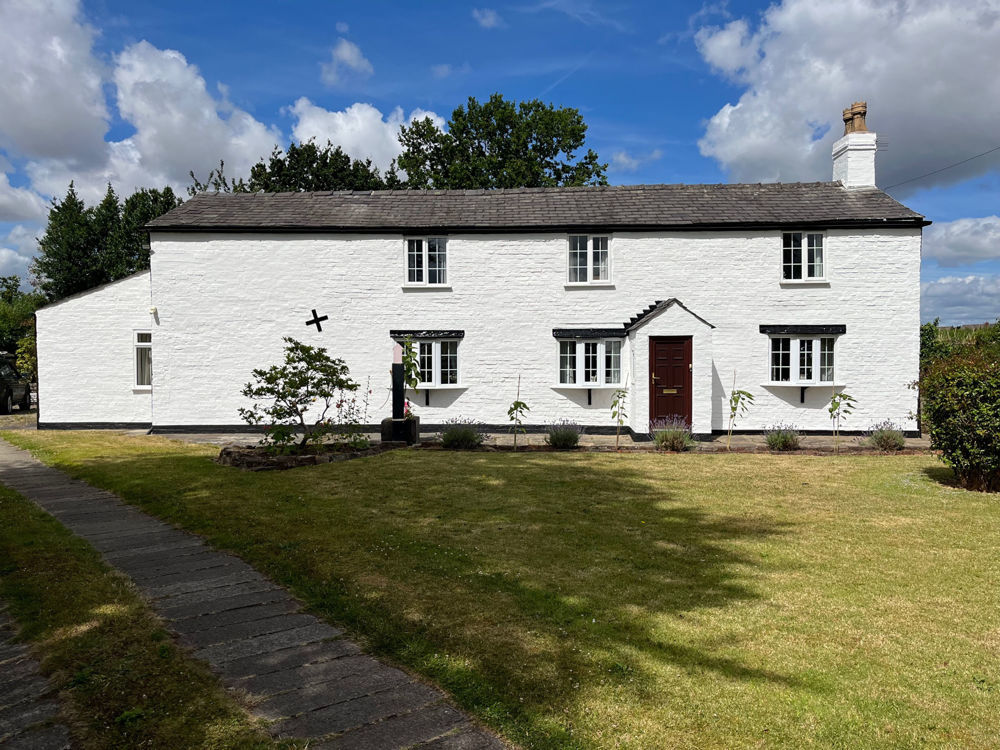
Emperor Masonry Creme works differently to a paint as in offers clear waterproof protection. It absorbs into the masonry surface much in the same way as a moisturiser, meaning after 1-2 hours it will be completely invisible. This means it does not create a film on the surface of masonry, which is the case with many sealers which prevent the masonry from breathing. In order to absorb into the masonry, it must be applied to bare stone, concrete or brick walls that have not been painted. Any paint on the wall would prevent the Emperor Masonry Creme from absorbing fully.
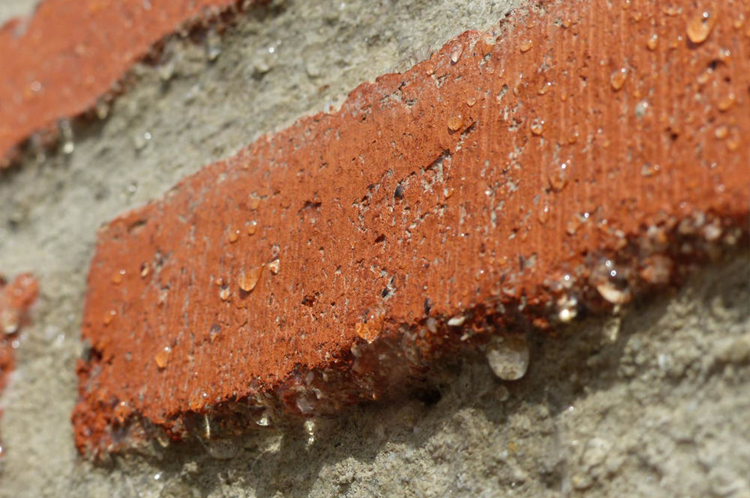
We hope we have answered any questions you may have had regarding insulating external walls and which insulating measure is most suitable for you. If you have any other questions feel free to get in touch with our team of experts who are on hand to assist you. Contact them today by emailing info@emperorpaint.co.uk or calling them on 0161 509 9009. Alternatively, shop Emperor Masonry Paint or Emperor Masonry Creme today and get FREE delivery on all orders.

